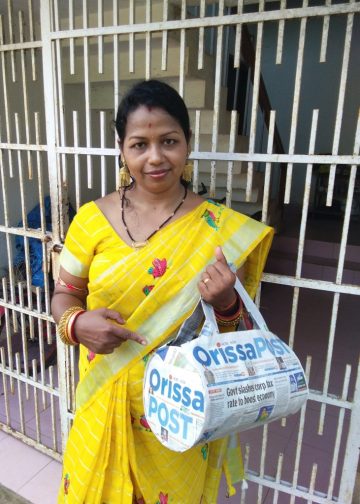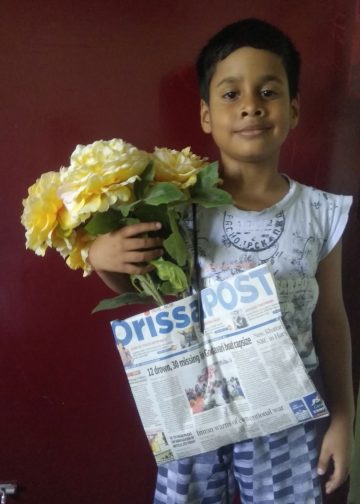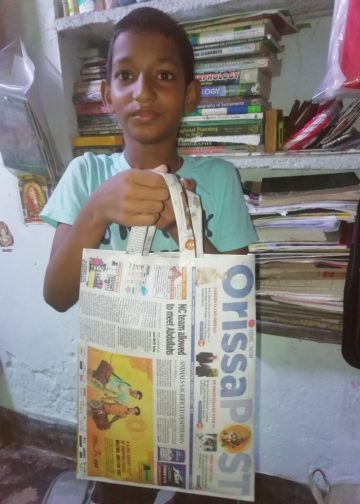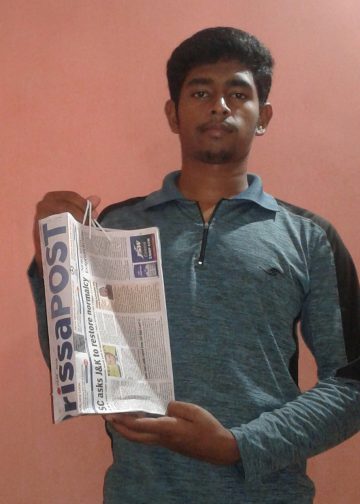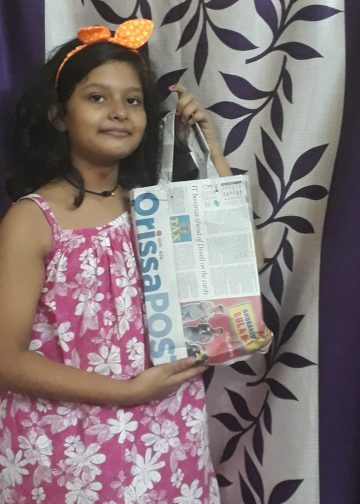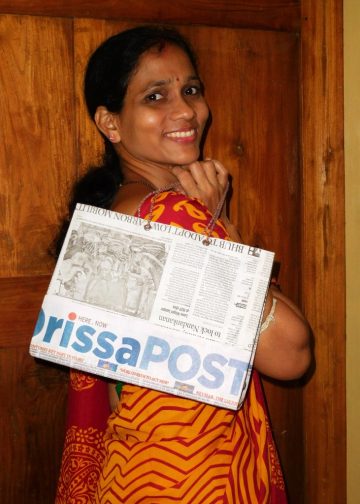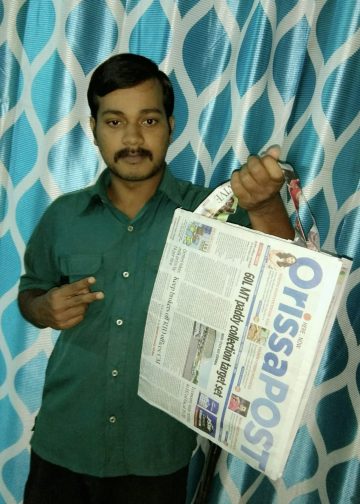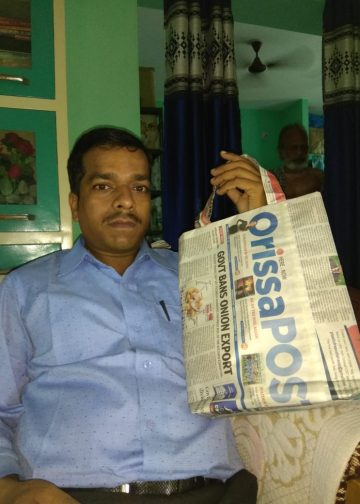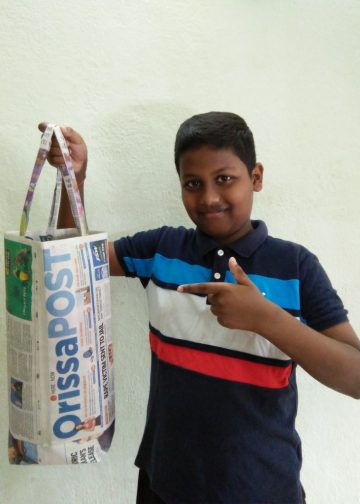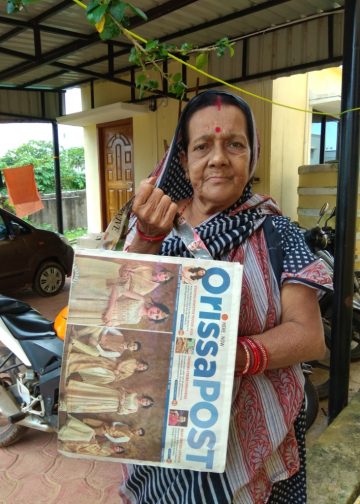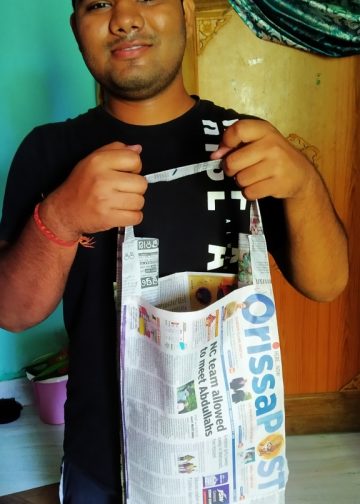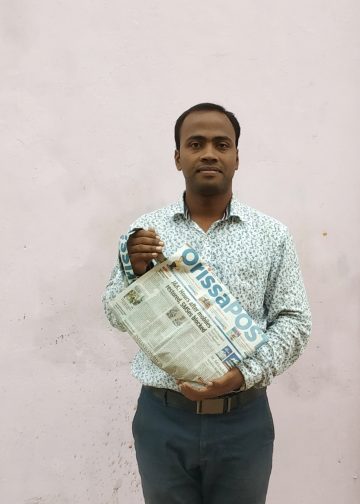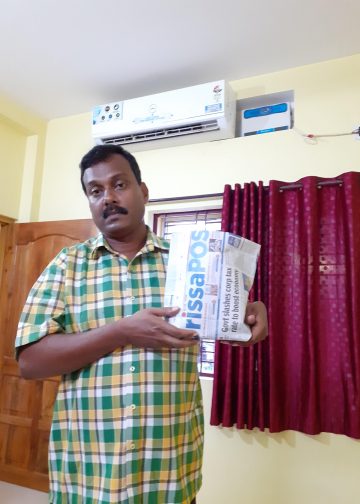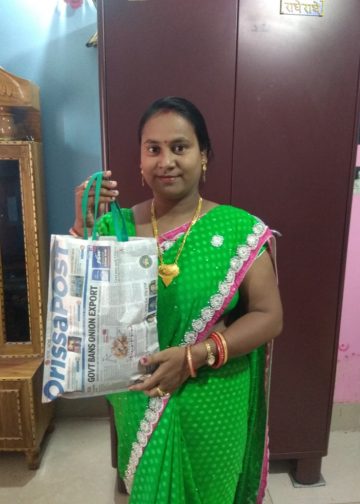Cuttack: The book ‘Durga Puja, the Silvery Touch of Cuttack’ by author, photographer, and administrator Raja Parija is a priceless tribute to the Millennium City, where he grew up, found love, built his career in feature writing, and chronicled Odisha’s rich traditions, heritage, and culture.
Research has always defined Parija’s work, and this coffee-table book shows how Cuttack’s Durga Puja, rooted in royal courts, temple rituals, and Shakta traditions, predates Kolkata’s puja, which later evolved into a mass socio-cultural festivity with global recognition.
“Durga Puja in Cuttack likely began in the 13th-century Barabati Fort, where the deity may have been the royal goddess.
Later, when people entered the city via Gadagadia Ghat and exited through Puri Ghat, the tradition was already thriving. Historical records trace it to 1514 AD at the Binod Bihari–Balubazaar Puja Mandap, witnessed by Sri Chaitanya.
In 1916, Netaji Subhas Chandra Bose initiated the puja at his ancestral Janakinath Bhawan in Odia Bazar, later continued by the Durgabari Samiti.”
Parija, a son of Cuttack’s historic soil, was long captivated by its silver filigree and, while working on a book about it in 2016, conceived the idea of documenting the city’s Durga Puja.
Founded in 989 AD, Cuttack has transformed over the centuries, yet Parija remains enchanted by its old-world charm and actively participates in the Cuttack Heritage Walks group.
“The most striking feature of my city is its secular spirit, earning it the title ‘city of brotherhood.’
Its tolerance for diversity has endured for centuries, drawing people from across India. This harmony is reflected in its crafts and culture, where form and symbolism blend faiths, seen in Durga Puja decorations largely crafted by Muslim artisans,” he says.
Parija notes that Odisha, a Shakti Peetha and a centre of Buddhist Tantric transformation in the 6th century, has celebrated Durga Puja in its present clay idol form since the 16th century, much earlier than Kolkata’s 300-year-old tradition.
In Cuttack, the festival is not only devotional but also a major economic event, generating crores in transactions and jobs for hundreds of skilled and unskilled workers.
Choudhury Bazar Puja Mandap introduced the first Chandi Medha (silver filigree tableau) in 1956, becoming a major attraction drawing crowds from within and outside Odisha.
Today, 34 pandals feature these stunning silver creations, with 2–3 more expected this year. New Chandi Medhas appear almost annually, rising 20–25 feet and weighing 1–6 quintals of pure silver.
Along with gold and silver filigree jewellery adorning the deities, these massive works showcase Odia craftsmanship, attracting visitors from across India and abroad.
It took Raja Parija nearly six years to document the volume, studying books and journals, visiting Odisha’s Shakti Peethas and every Puja Mandap in Cuttack, consulting Puja committee members, and exploring filigree workshops to understand Chandi Medha creation firsthand.
The toughest task, he says, was photographing the Chandi Medhas, which could only be done on Shasti Puja day. Once the Puja begins, flowers and garlands obscure the intricate details.
PNN






